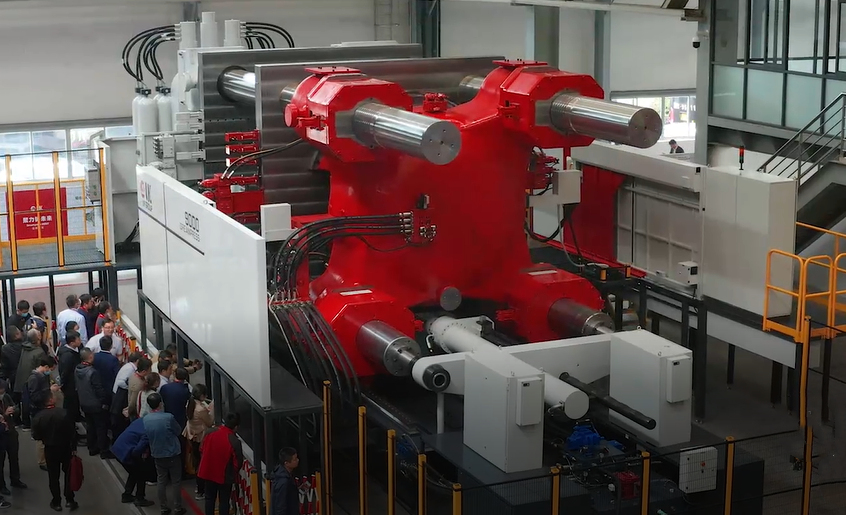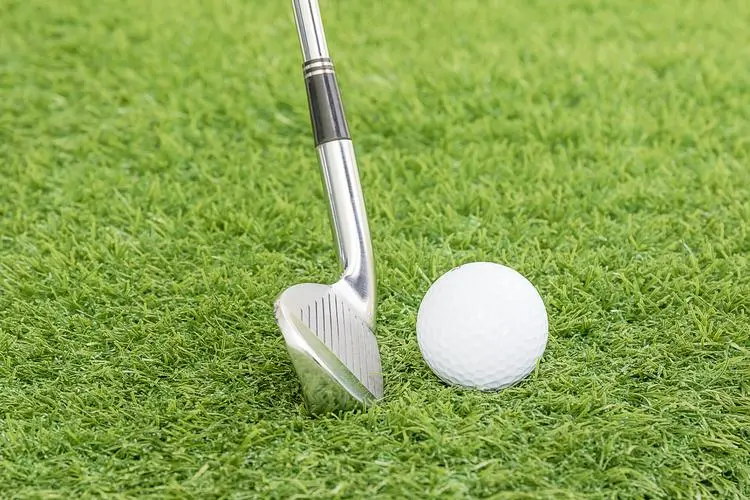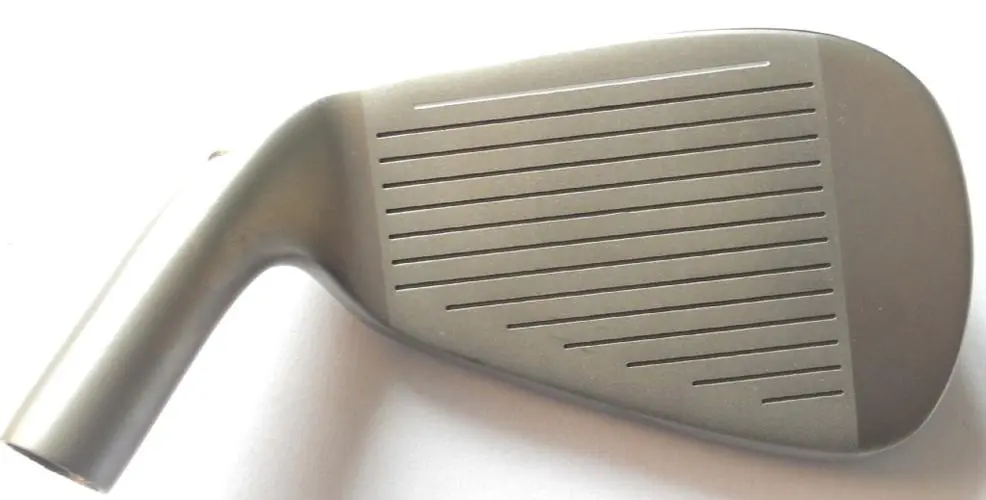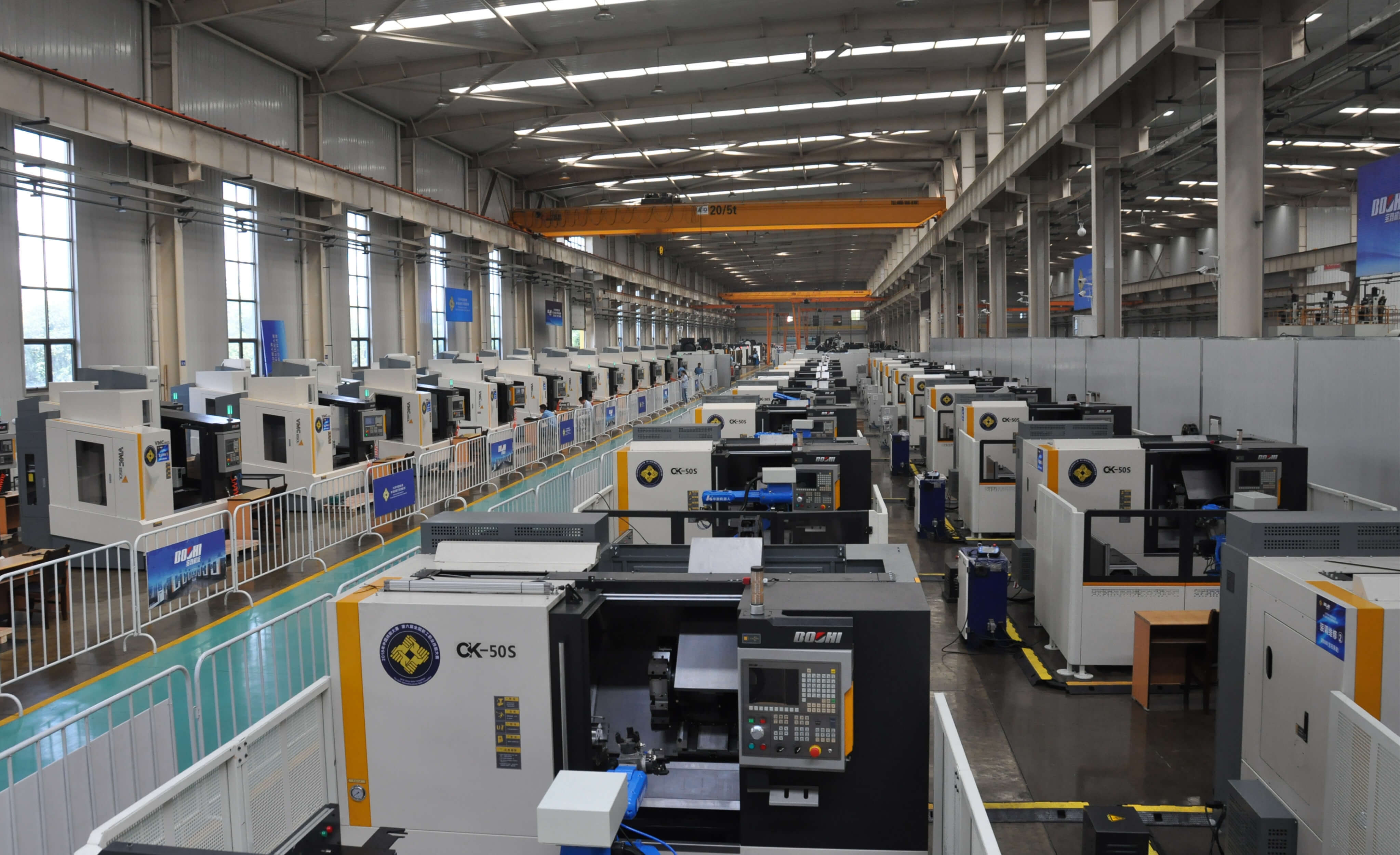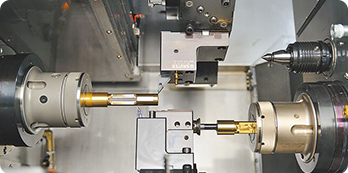The golf head production process mainly includes the following steps:
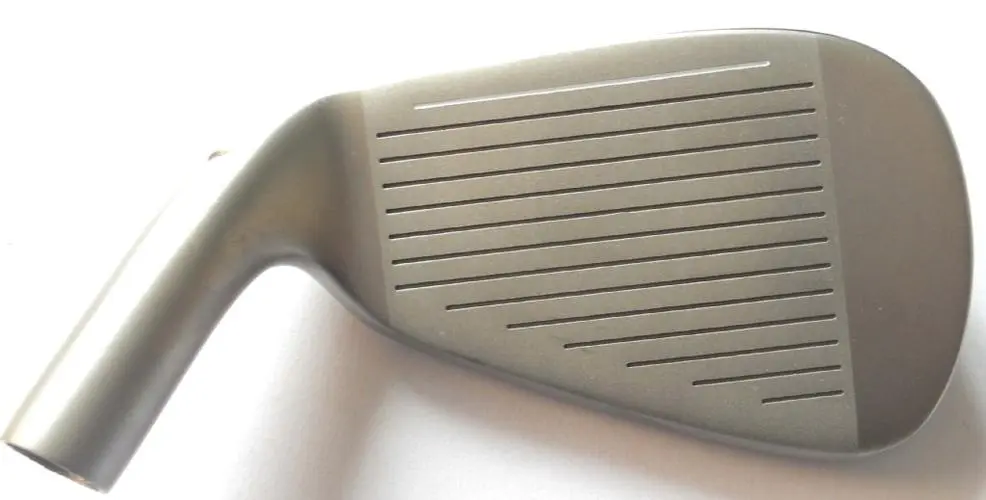
1. Mold design: Carry out mold design based on customer needs or samples. This includes the production of CAD files and the use of CNC technology to produce copper molds.
2. Blank casting: Cast the blank according to the designed mold. This step may involve using hot wax to create a ball-head model, then using ceramic paint and silica sand to form a shell around the outside of the model.
3. Metal solution casting: Pour the molten metal solution into the prepared mold to form the preliminary shape of the ball head. This process requires ensuring the temperature of the metal solution and the speed of casting to obtain the ideal ball head shape.
4. CNC processing. Some golf pushers with high surface requirements will have a smoother and more exquisite appearance after CNC processing.
5. Post-processing: including cooling, grinding, sandblasting and other steps to remove excess metal and increase the surface quality of the ball head. This step also includes connecting the ball head to the club to ensure a secure and precise connection.
6. Quality inspection: Conduct quality inspection on the completed ball head, including dimensional inspection, appearance inspection, etc., to ensure that the ball head meets the design requirements and quality standards.
7. Packaging and labeling: Pack the ball heads that have passed the inspection and attach corresponding labels, including club model, angle and other information.
The entire production process requires a high degree of precision and meticulous operation to ensure that the final golf head can meet the usage requirements, and also reflects the application of high technology in the manufacturing of sporting goods.



